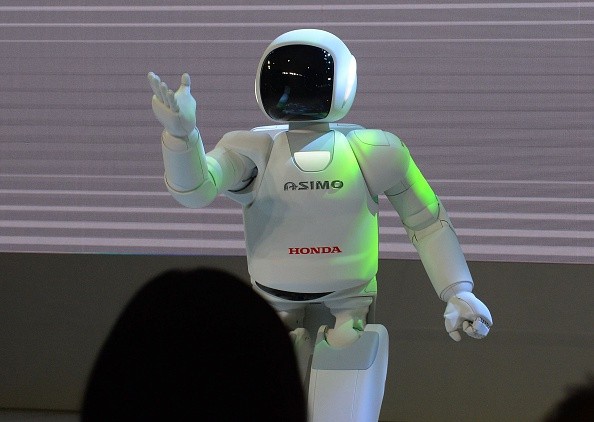Honda wants to go all in on making the future look more like real-life science fiction.

According to a report by The Verge, the automaking giant is planning to spend a cool $45 billion over the next six years on research and development, focusing on the development of futuristic machines such as robots, advanced rockets, and even flying cars.
However, Honda didn't really specify which percentages of that massive budget will be spent on the three pieces of tech.
They also didn't disclose if they plan to turn these projects into actual commercial businesses down the line.
In fact, the company has even claimed that they see their plans as some sort of extension for their current business: automaking.
According to corporate communications head Marcos Frommer, these so-called "core technologies" are connected to Honda's existing businesses. He also said that the company plans to pursue the development of these areas to expand their core business as an automaker.
Seeing Honda pursue the research and development of these technologies isn't out of character. They could realistically use the tech they develop to make electric vehicles, for instance. And that would be right up their alley, since the company has vowed to phase out gas-powered cars by 2040, reported The Verge.
Whether they plan to directly challenge current industry giants such as Tesla, however, is still unclear.
This wouldn't be the first time that Honda has expressed interest in the development of tech that's not too related to making cars.
For one, they're famous for the development of the humanoid robot Asimo, though they've already ended the project three years ago, according to EFE.
Read also : Verizon and Honda to Team Up and Develop Safe Driving Measures Using 5G and Mobile Edge Computing
Honda Flying Cars: What Could They Have?
Since they made it clear that they only want to pursue this $45 billion R&D project to improve their car manufacturing tech, it makes sense to look at this investment from that perspective.
First off, flying cars.
These cars, which also go by the name electrical vertical takeoff and landing aircraft (eVTOL), could very well realize what science fiction writers have dreamed of for decades.
In fact, Honda has expressed a desire to use these cars as part of a futuristic urban taxi service.

However, unlike most eVTOL startups these days, Honda's flying cars will be hybrids. In other words, they won't be purely electric, because purely battery-powered flying cars have very limited range.
They plan to augment the electric components of these vehicles with gas turbines to improve their range from "several tens of kilometers" to at least 250 miles.
Furthermore, there's also a good chance that these aerial vehicles will feature some sort of operating system, like the Google Android Auto Interface they plan to install in their 2022 car models.
What About Robots And Rockets?
Asimo might've been Honda's last foray into creating humanoid robots, but they plan to make them a bit differently this time.
Instead of making autonomous machines, they want to enable humans to "pilot" robots using a combination of a VR visor and gloves.
Lastly, their upcoming work on propulsion tech is intended to design reusable rockets, which the automaker has actually started working on two years ago.
According to Frommer, the company intends to use these rockets to send small satellites into low Earth orbit, where they could expect to evolve their tech into the likes of connected services.
This article is owned by Tech Times
Written by RJ Pierce
ⓒ 2025 TECHTIMES.com All rights reserved. Do not reproduce without permission.


![Best Gaming Mouse For Gamers With Smaller Hands [2025]](https://d.techtimes.com/en/full/461466/best-gaming-mouse-gamers-smaller-hands-2025.png?w=184&h=103&f=6fd057ef777bd39251d4e7e82e9b23f1)

